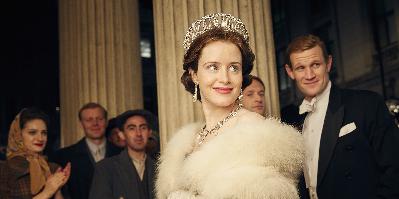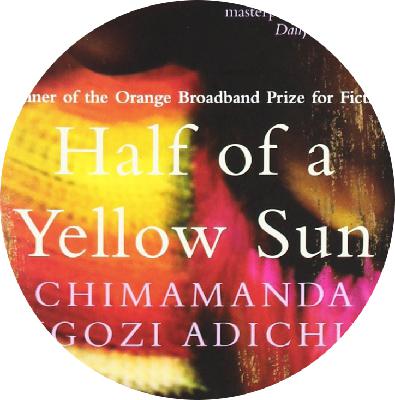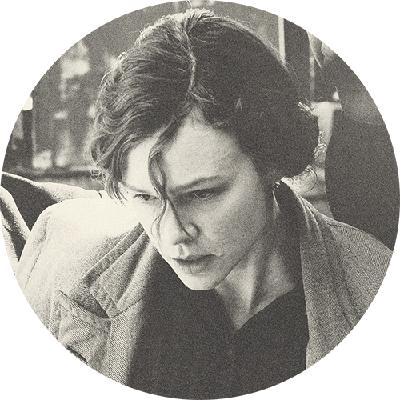Elena Ferrante, “My Brilliant Friend”, 2011
Description
 Contents
Contents
Portrait of the Artist as a Young Woman by Gabriella Edelstein
Savage Fury: Elena Ferrante’s Neapolitan Room of One’s Own by Claudette Palomares
~
~
Prologue
An excerpt
A summary
My Brilliant Friend is the first of the Neapolitan series, a novel broken up into four parts by the mysterious Italian writer, Elena Ferrante, and translated by Ann Goldstein. Ferrante’s books have amassed a cult following across the globe because of her impassioned and incisive narrative voice, as well as her uncanny ability to tap into the deepest insecurities rooted in our identities. This first part tells the story of Elena (Lenu) Greco and Raffaella (Lila) Cerullo’s childhood and adolescence in the 1950s, two best friends who live in a destitute neighbourhood on the outskirts of Naples. The novel opens with Lenu in her 60s, now a successful writer, trying to take possession of her fraught shared history with Lila. The girls embody two different types of intelligence: Elena is able to memorise large swaths of information which she can mould into new forms, whilst Lila’s mind is innovative and lethal in its capacities. Elena and Lila’s friendship moves from competition to collaboration as they navigate the parameters of their neighbourhood, their burgeoning sexualities, and their expanding intellects. Whilst Elena’s parents are finagled into paying for their daughter’s education, tragically Lila is withdrawn before middle school, and subsequently becomes obsessed with finding a way out of the meagre potential of the neighbourhood. The girls’ stories are told against the backdrop of Italy’s changing political landscape: from fascism and Camorra Mafioso to the flowering Communist movement, Elena and Lila’s fate is tied to the development of their country.
~
Portrait of the Artist as a Young Woman
By Gabriella Edelstein
In her refusal to emerge as a figure of flesh and blood, Elena Ferrante is an anatopism in today’s publishing industry. This is part of her project of un-personifying the author, allowing her works to speak louder than her physical presence, but it also has the effect of drawing our attention to the position of “artists” within her works.
As Claudette pointed out in our discussion, My Brilliant Friend is a powerful antidote to the myth of authorship, eroding the notion of the artist as a monolithic figure. It is no coincidence that Ferrante (one who has shirked the limelight of celebrity) is deeply concerned in the Neapolitan Novels with what it means to be a writer. And more specifically, a female one. Even if Ferrante is absent in interviews, there is the sense that she is present throughout My Brilliant Friend: the novel is a meditation on the circumstances and relationships that propel girls (presumably like Ferrante herself) into self-manifesting out of obscurity.
In this first part of Lenu’s story, we see the genesis of the ethos which dictates her professional life: emancipation through education and literary creation. This process of self-actualisation, however, is not one of chrysalis, where the moth emerges untethered from a process of invisible transformation. And whilst Elena’s development and transformation has been compared to Ovid’s Metamorphoses, I would argue that Ferrante is looking towards those ancient writers who are part of the myth-making diegesis of Western and Italian identity: Homer and Virgil. Indeed, it is no coincidence that Elena Greco translates to “Helen the Greek”: Lenu’s voice displaces Homer’s to Rage–Goddess, sing the rage of women. Besides the presence of ancient writers, My Brilliant Friend is infused with other elements of myth and fantasy. The Mafioso Don Achille is ‘the ogre of fairytales’, Lila is a Cinderella-figure with her shoes, and Elena’s porter father is like Charon, taking the girl across the Styx to the Elysium of school. By constantly reflecting back on these stories of origin, Ferrante places My Brilliant Friend within a canon, elevating the girls’ tale to one of identity-creating relevance.
By drawing upon ancient myth, Ferrante is able to attack the presumptions that have been inculcated in us in the handing down of these stories. This is part of the novel’s feminist project: by usurping the mythic male voice which has determined the role of woman as wife and mother, Ferrante is able to redefine the limits of female writing (as James Wood has argued, Ferrante’s narrative voice is the realisation of Cixous’ l’écriture feminine). The creation of a feminine writing is made manifest in the novel through Lenu’s self-reflexive artistic process, through which she explores questions of narrative voice and identity. In particular, her creative relationship with Lila. Similarly to the historical reality of “Homer” being multiple wandering bards, so too is Lenu’s writing dependent on the voice of another in order to create.
The passages of My Brilliant Friend that are devoted to Elena’s artistic self-discovery usually take the tone of a jeremiad that mourns a lack of creative independence. And yet, what brings Elena closest to a feeling of jouissance are her discursive intellectual conversations with Lila. Indeed, the novel’s epigraph, taken from Goethe’s Faust, points towards Elena’s need for a darker force to push her forwards:
Man’s active nature, flagging, seeks too soon the level;
Unqualified repose he learns to crave;
Whence, willingly, the comrade him I gave,
Who works, excites, and must create, as Devil.
Both girls act as the other’s creative-destroyer Mephistopheles. From Elena’s perspective, it is only with Lila s


















